Biological Viruses
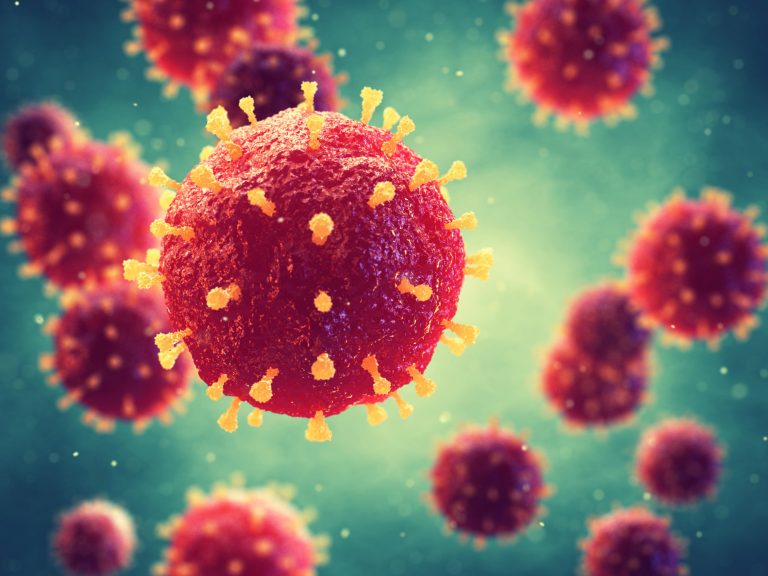
3D rendering of a virus
Table of Contents
The prime directive of all organisms is to reproduce and survive and this also applies to viruses. Apparently, viruses are considered a nuisance to humans.
Viruses – An Overview
Viruses possess both living and non-living characteristics. The unique characteristic that differentiates viruses from other organisms is the fact that they require other organisms to host themselves in order to survive. Hence, they are deemed obligate parasites.
Viruses can spread in the following ways:
- Airborne – Viruses that infect their hosts from the open air
- Blood Borne – Transmission of the virus between organisms when infected blood enters an organisms circulatory system
- Contamination – Caused by the consumption of materials by organisms such as water and food which have viruses within
Therefore, viruses have many means of getting transmitted from one organism to another.
Cell Assimilation by a Virus
Viruses are tiny microorganisms. Due to their size and simplicity, they are unable to replicate independently. Therefore, when a virus is situated in a host, it requires the means to reproduce before it dies out without producing more viruses.
This is done by altering the genetic makeup of a cell to start coding for materials required to make more viruses. By altering the cell instructions, more viruses can be produced. This, in turn, can affect more cells and help in preserving their existence as a species.
The following is a step by step guide of how a typical bacteriophage (a virus that infects a bacterial cell) takes control of its host cell and reproduces itself.
- The virus approaches the bacterial host cell and attaches itself to its cell membrane.
- The tail gives the virus the means to thrust its genetic information into the host cell.
- Nucleotides from the host are ‘stolen‘ in order for the virus to create copies of itself.
- The viral DNA alters the genetic coding of the host cell to create protein coats for the newly create viral DNA strands.
- The viral DNA enters its DNA coat.
- The cell is swollen with many copies of the original virus and bursts, allowing the viruses to attach themselves to other nearby cells.
- The process begins all over again with many more viruses attacking new host cells.
Without a means of defense, the host that is under attack from the virus will soon die.
The next tutorial looks at how organisms defend themselves from these ruthless viruses.
References:
- Introduction to the Viruses. (2020). Berkeley.Edu. https://ucmp.berkeley.edu/alllife/virus.html
- Virus. (2020). Uoregon.Edu. http://abyss.uoregon.edu/~js/glossary/virus.html
- Molecular Expressions Cell Biology: Virus Structure. (2019). Fsu.Edu. https://micro.magnet.fsu.edu/cells/virus.html
Further Reading:
- Microbiology/Virology/Immunology/Bacteriology/Parasitology Text Book On-line. (2020). Microbiologybook.Org. http://microbiologybook.org/book/virol-sta.htm (A highly informative website on viruses and other microbes)
You will also like...
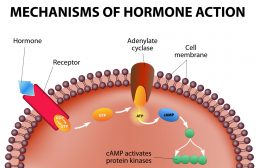
Homeostatic Mechanisms and Cellular Communication
Homeostasis is the relatively stable conditions of the internal environment that result from compensatory regulatory res..

Genetics – Lesson Outline & Worksheets
Topics Modules Quizzes/Worksheets Description Introduction to Genetics Genetics – Definition: Heredity and ..
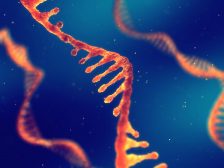
Protein Synthesis
Part of the genetic information is devoted to the synthesis of proteins. mRNA, a type of RNA, is produced as a transcri..

Running Water Freshwater Communities
This tutorial introduces flowing water communities, which bring new and dithering factors into the equation for possible..
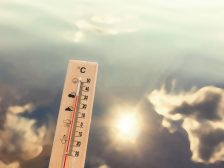
Abiotic and Biotic Factors
This tutorial deals with the abiotic factors of the freshwater environment that determine what sort of life would be sui..
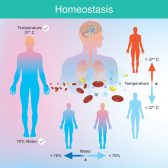
Physiological Homeostasis
Homeostasis is essential to maintain conditions within the tolerable limits. Otherwise, the body will fail to function p..
